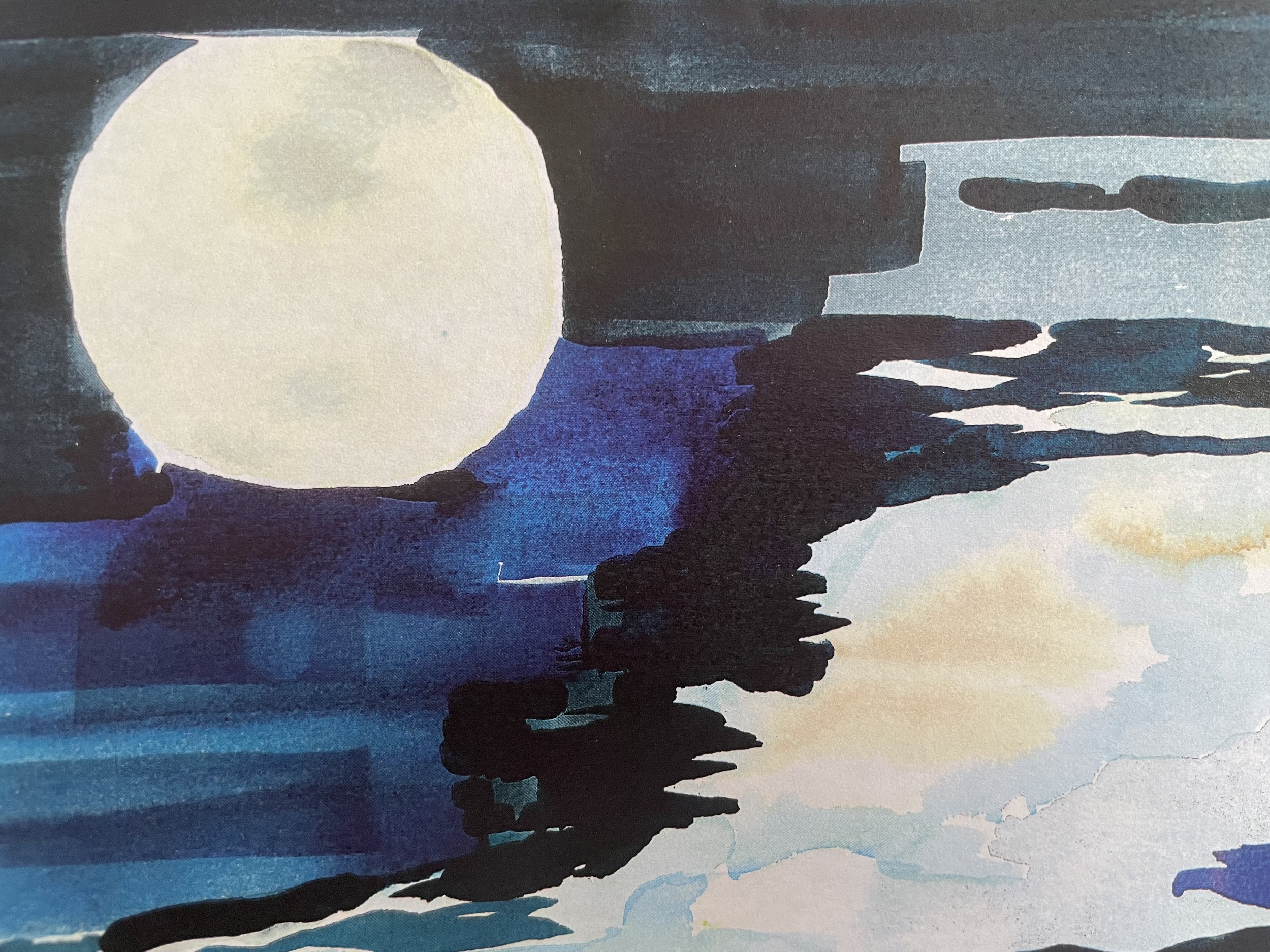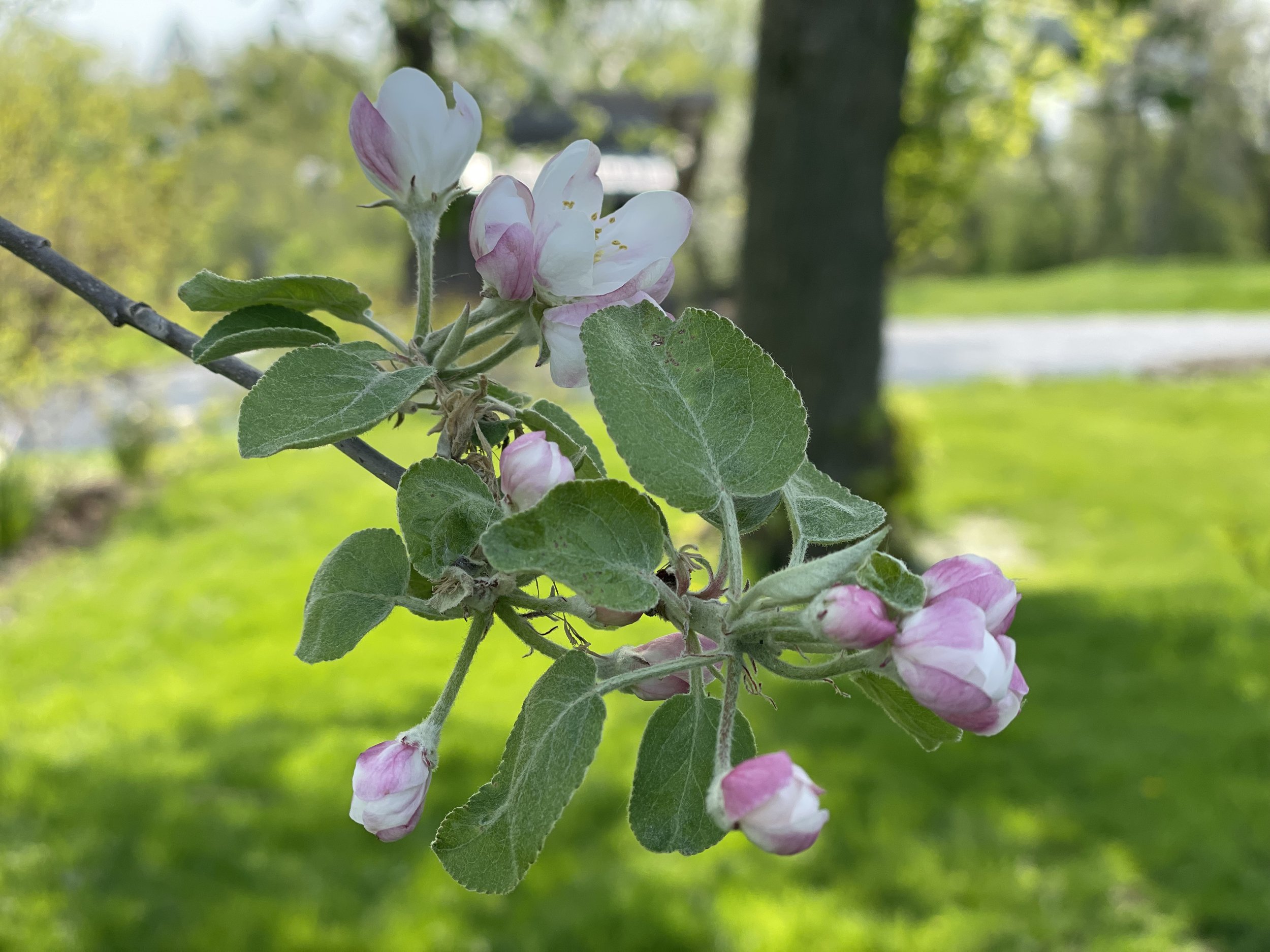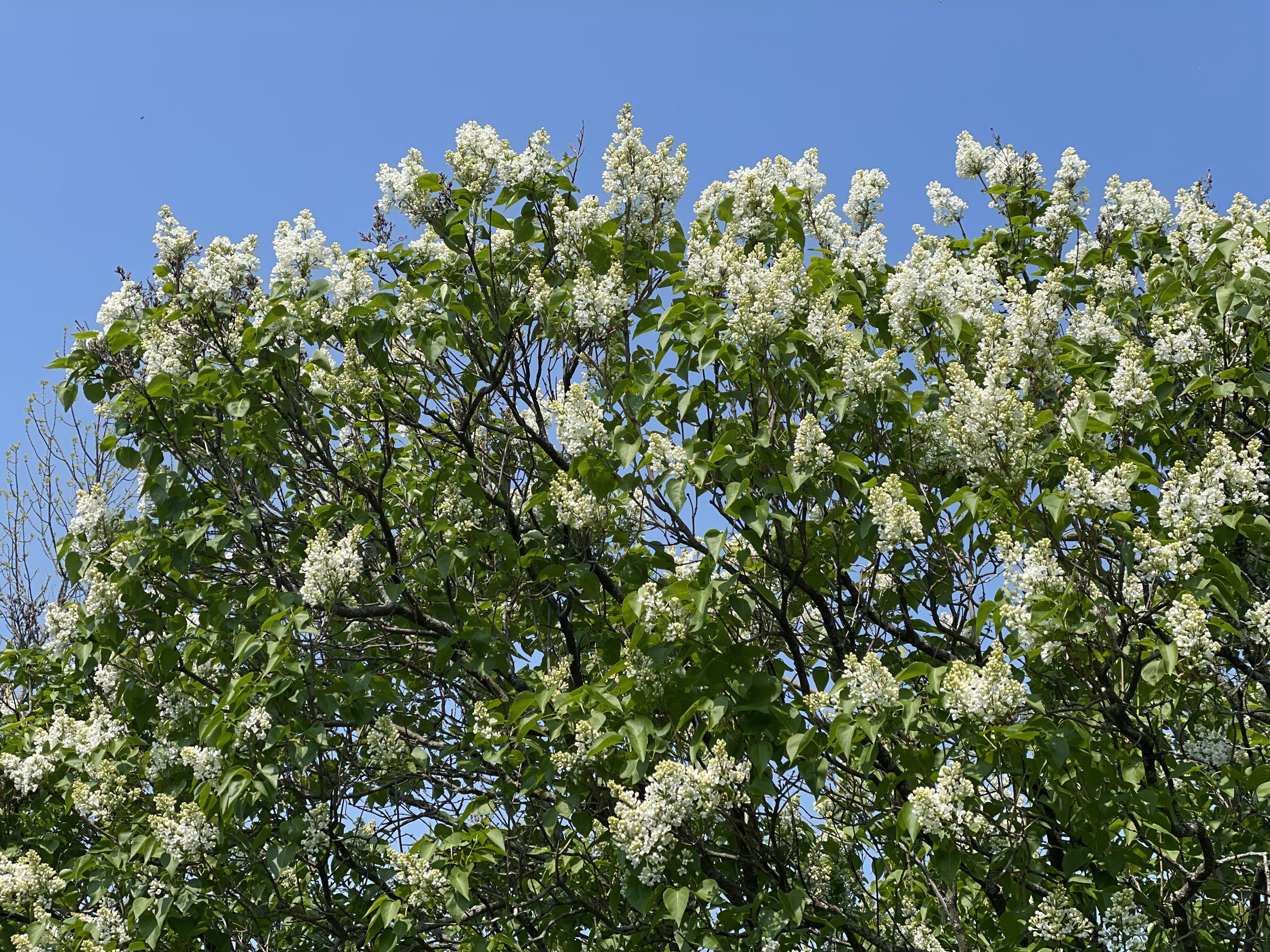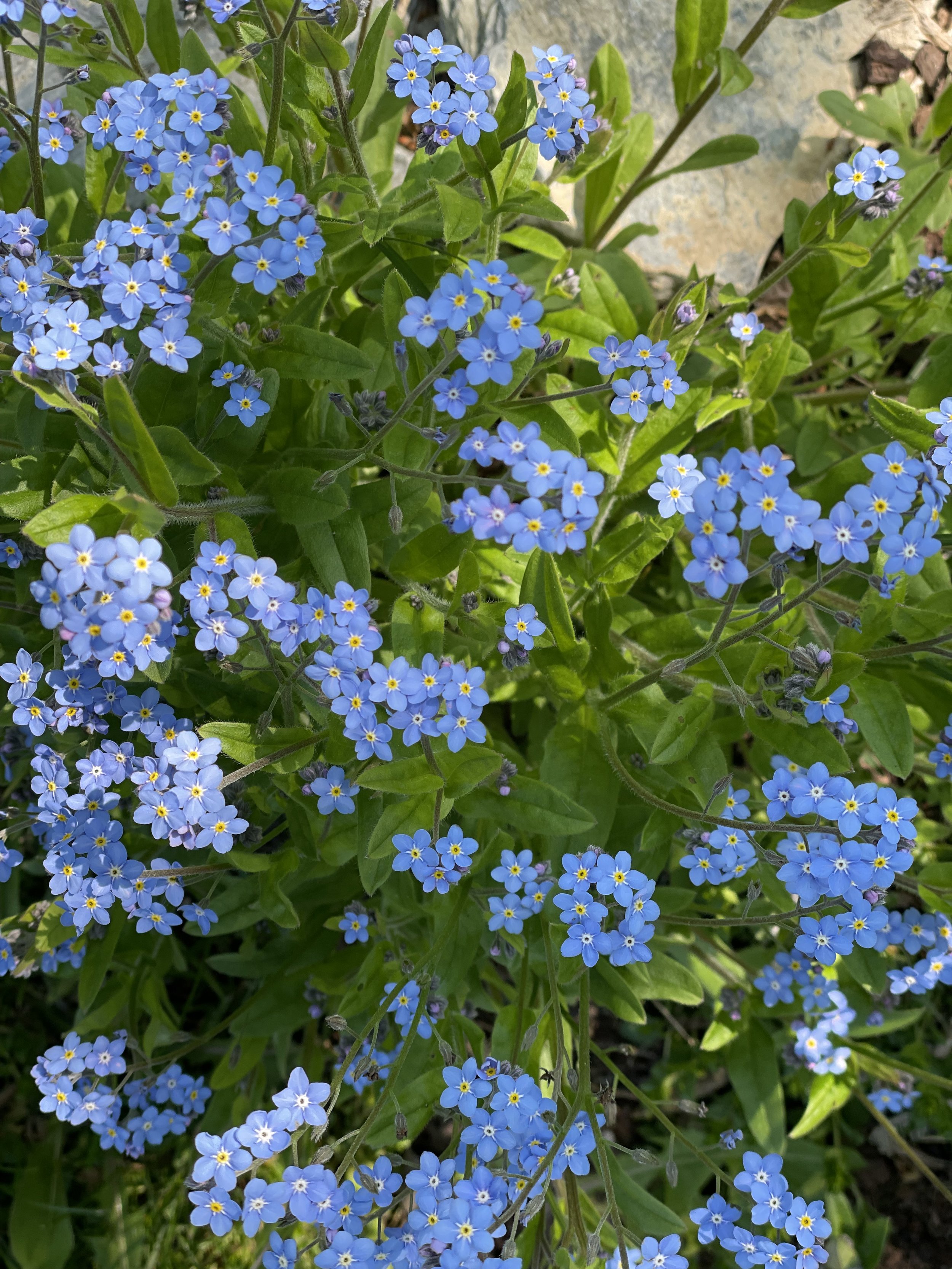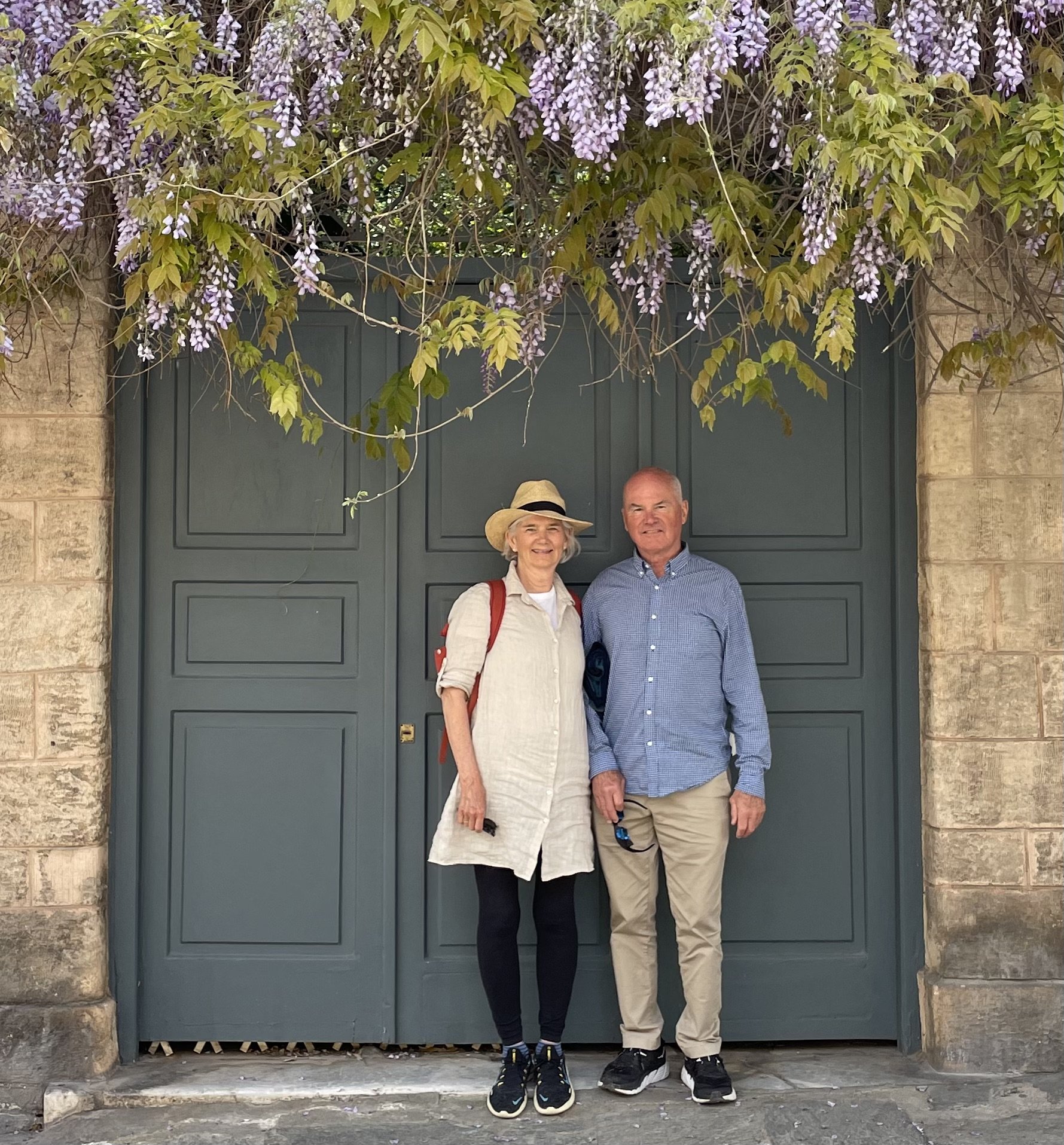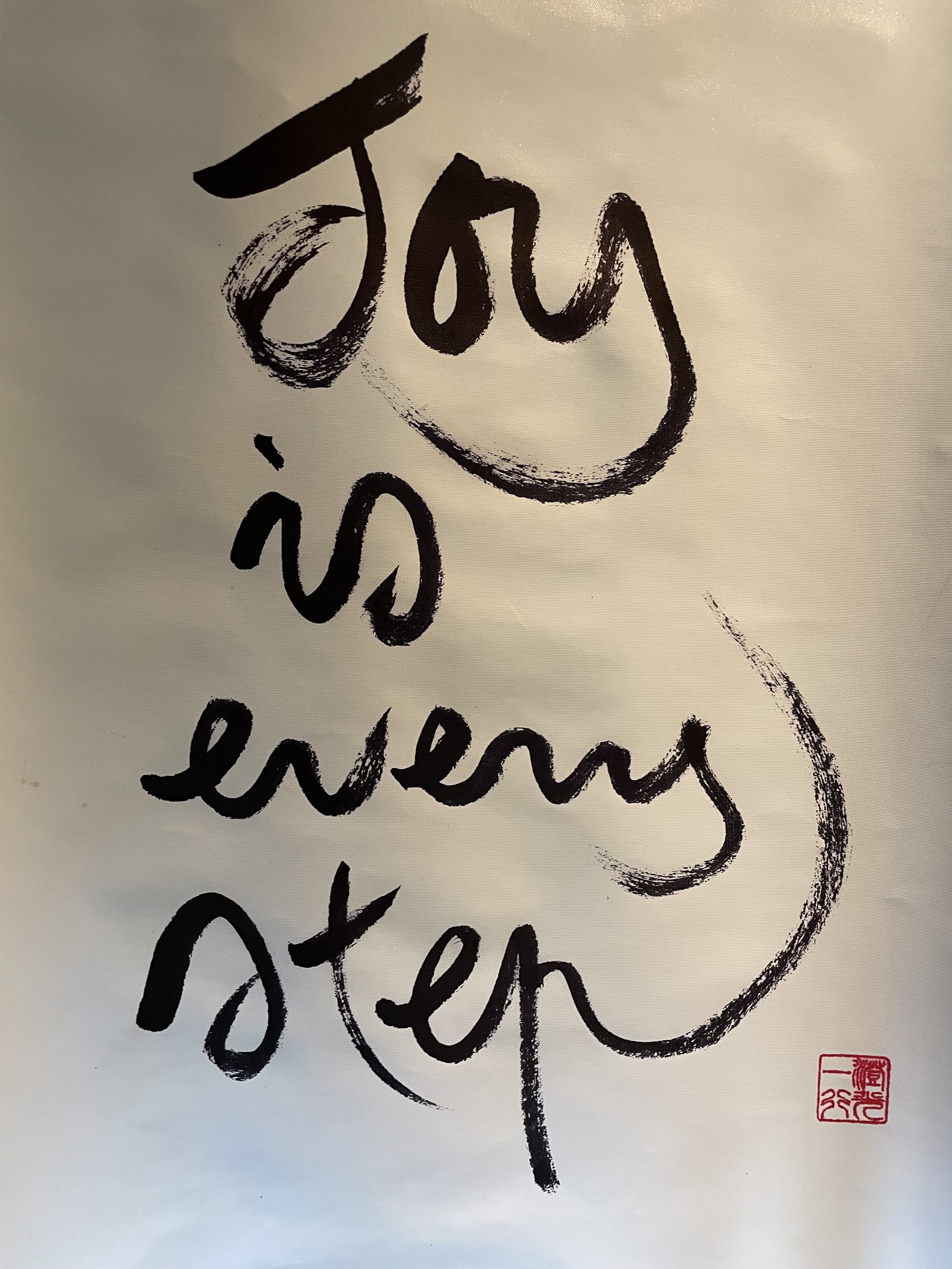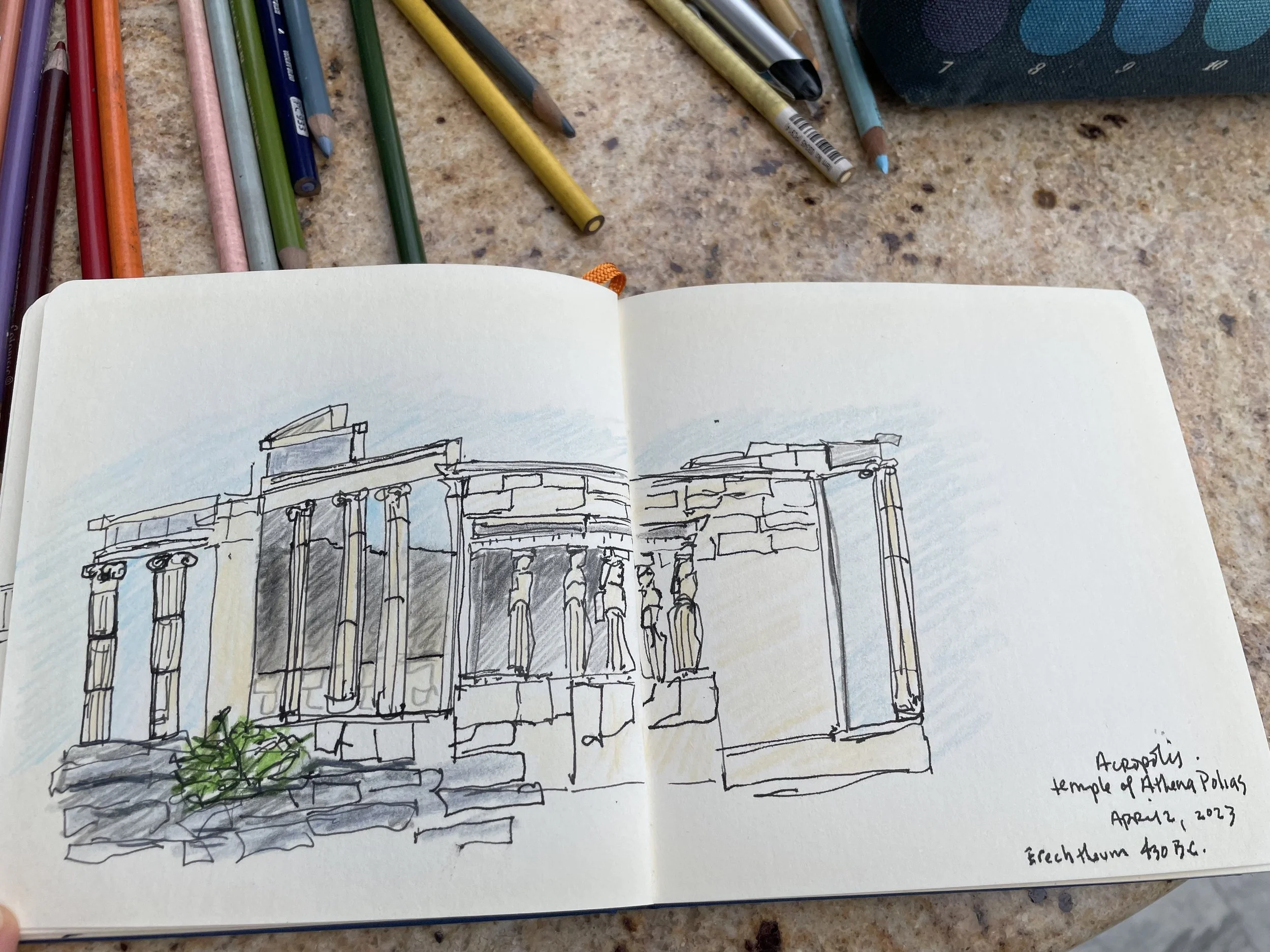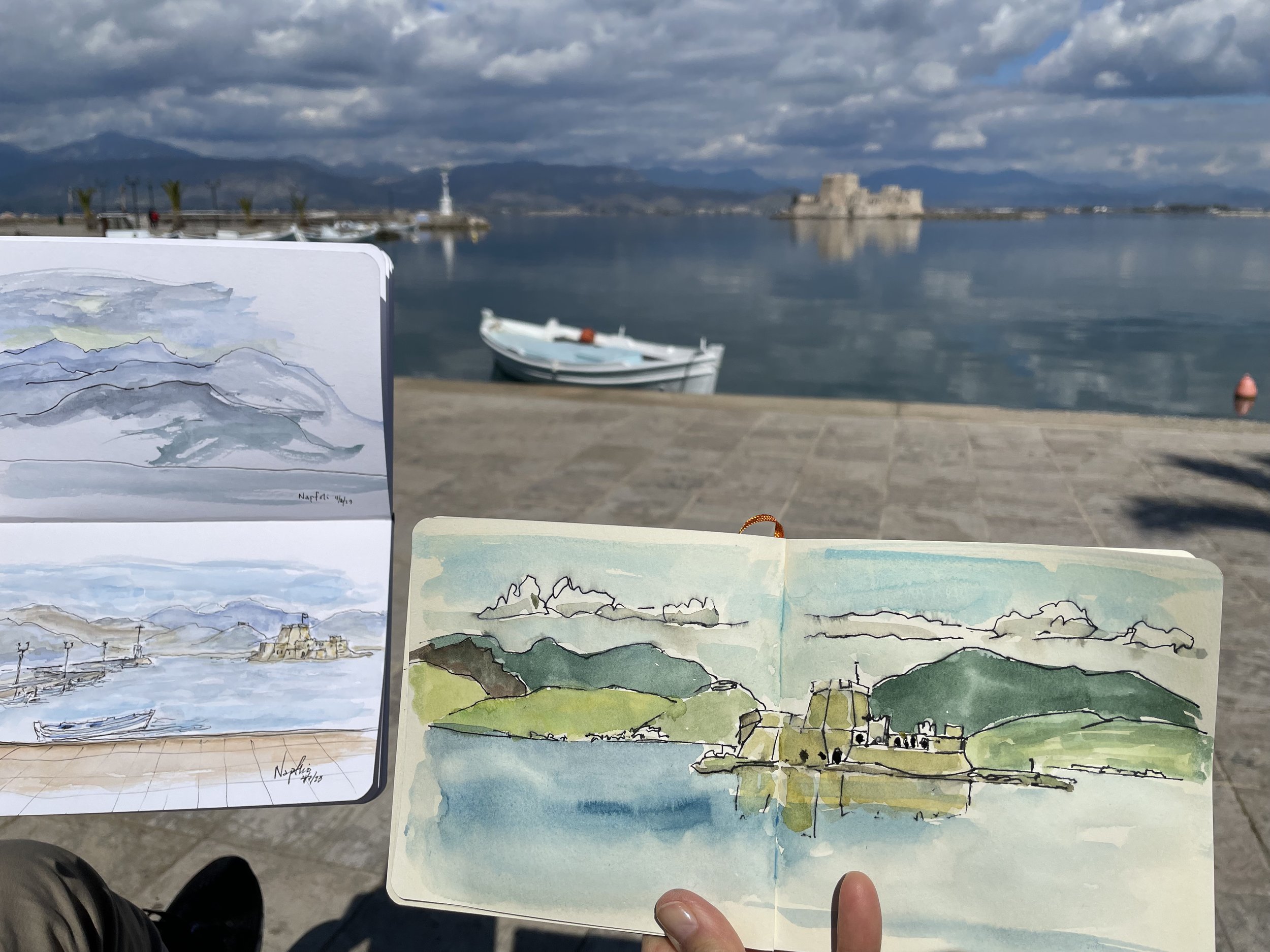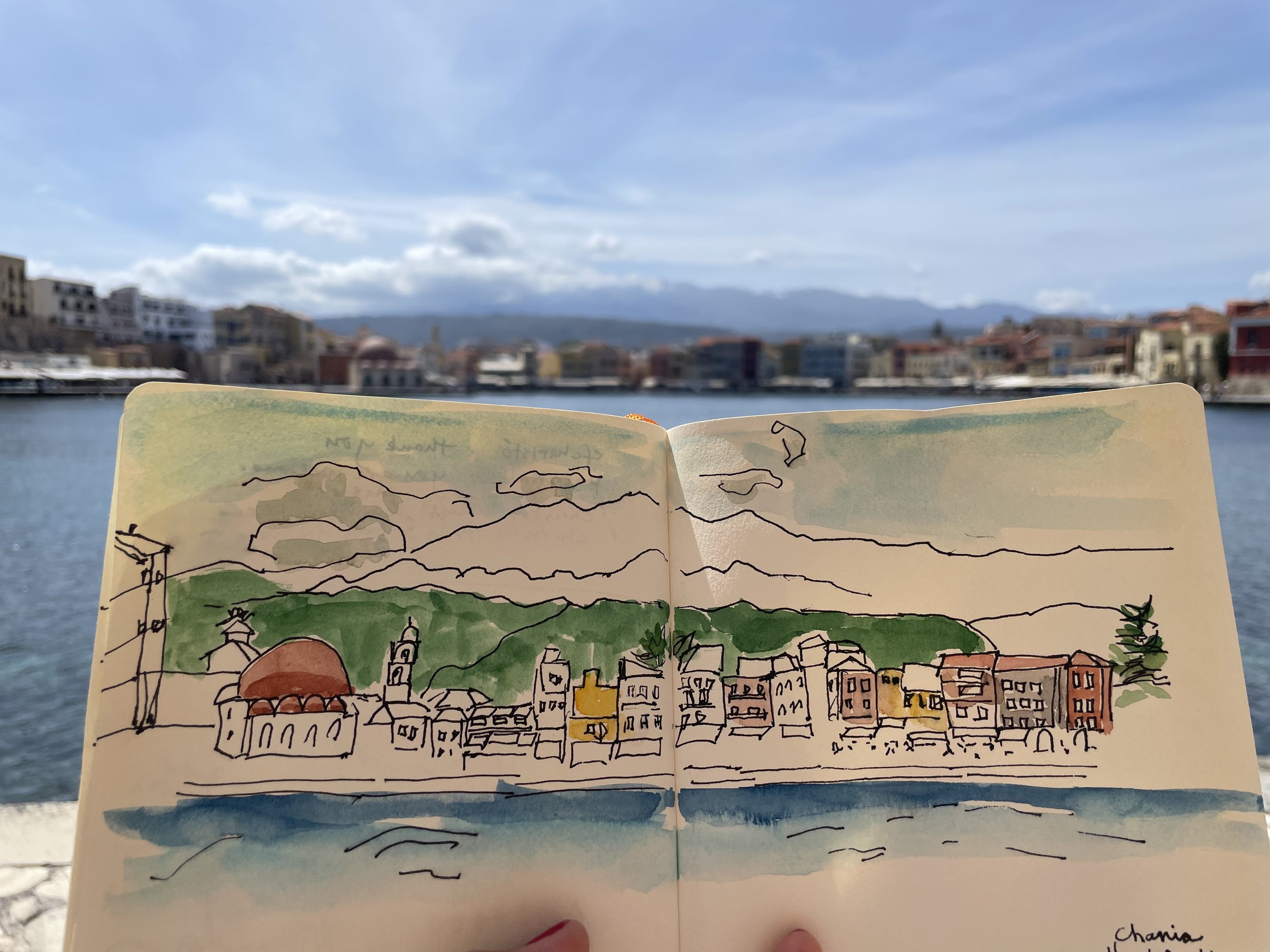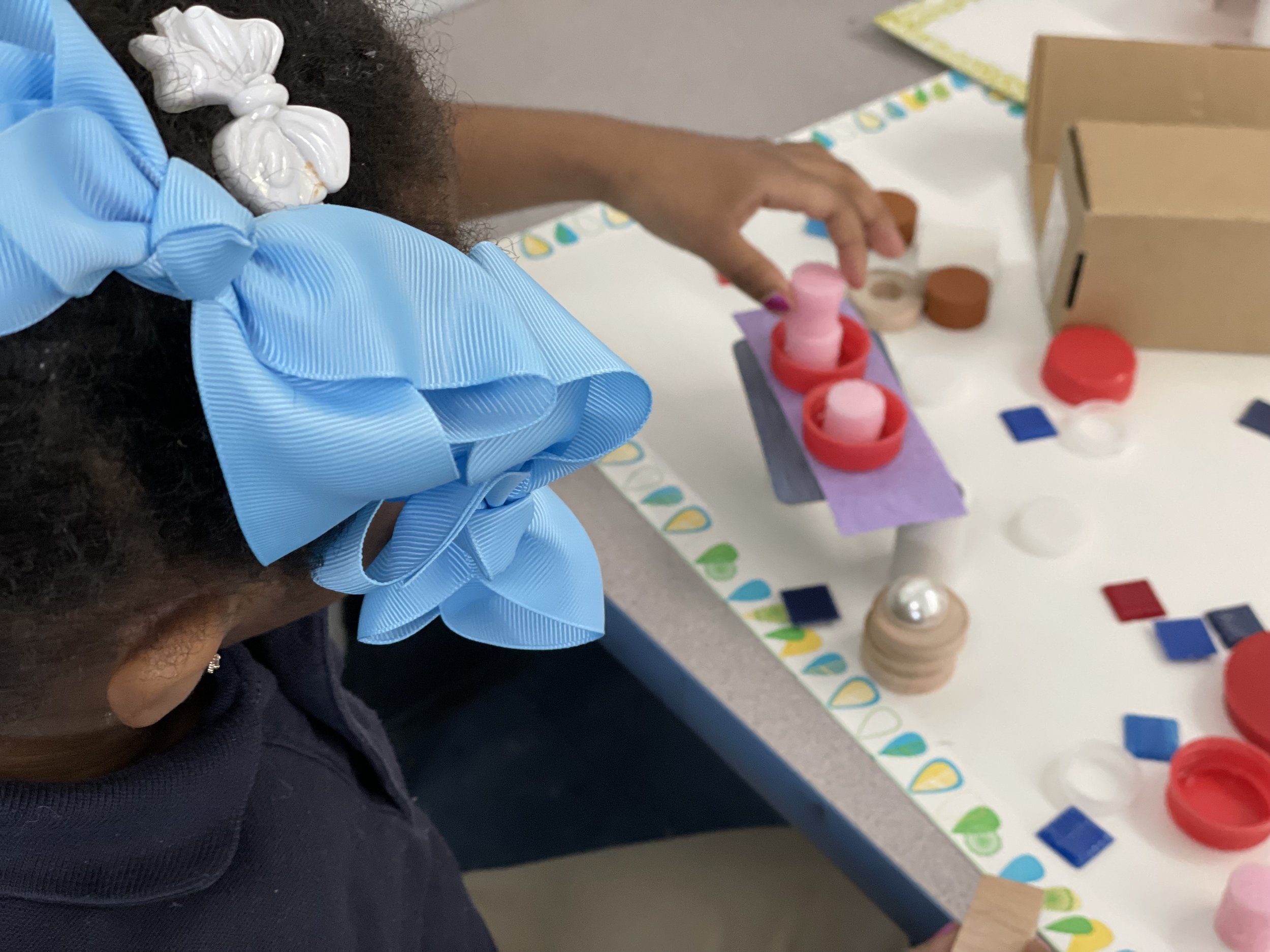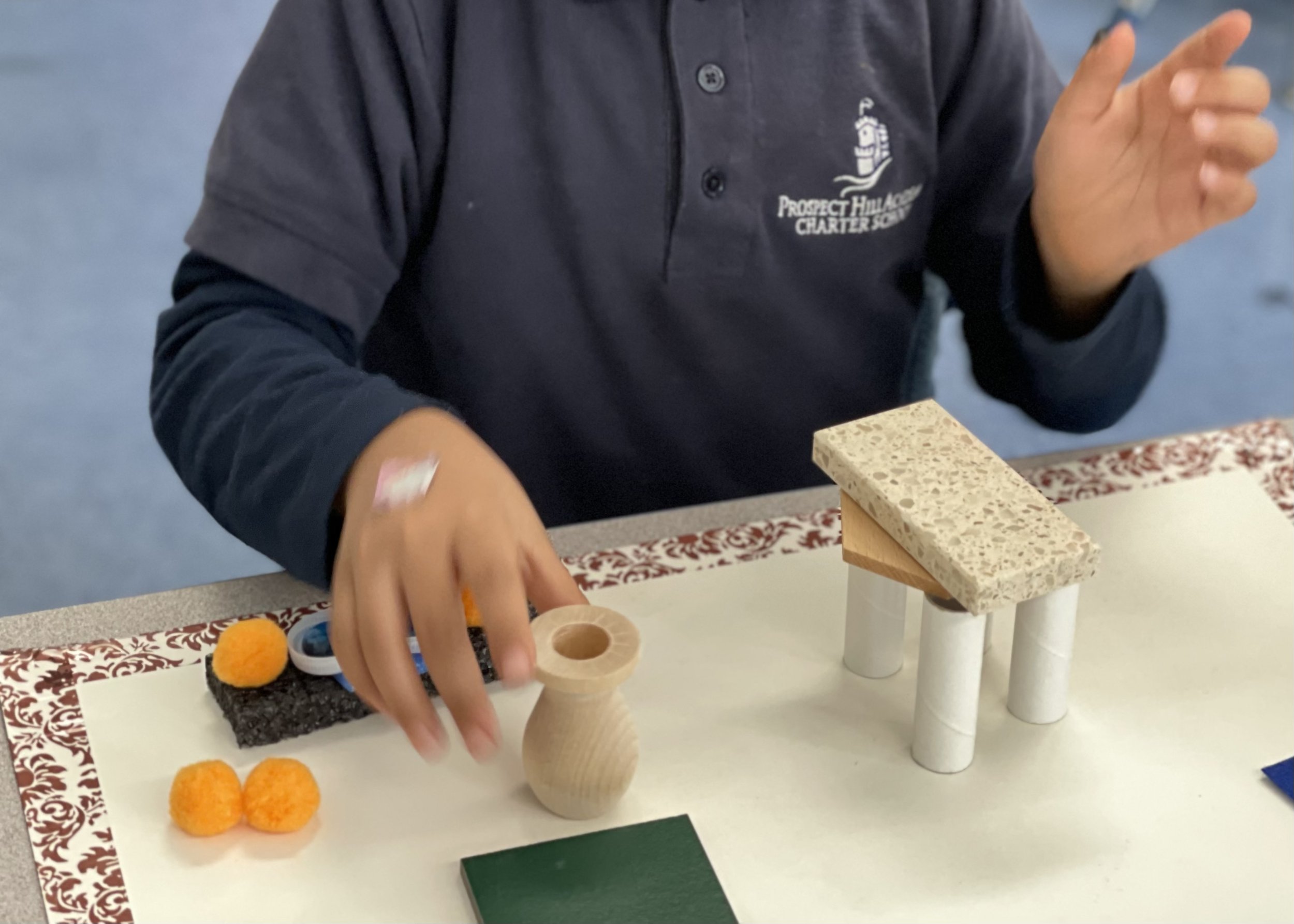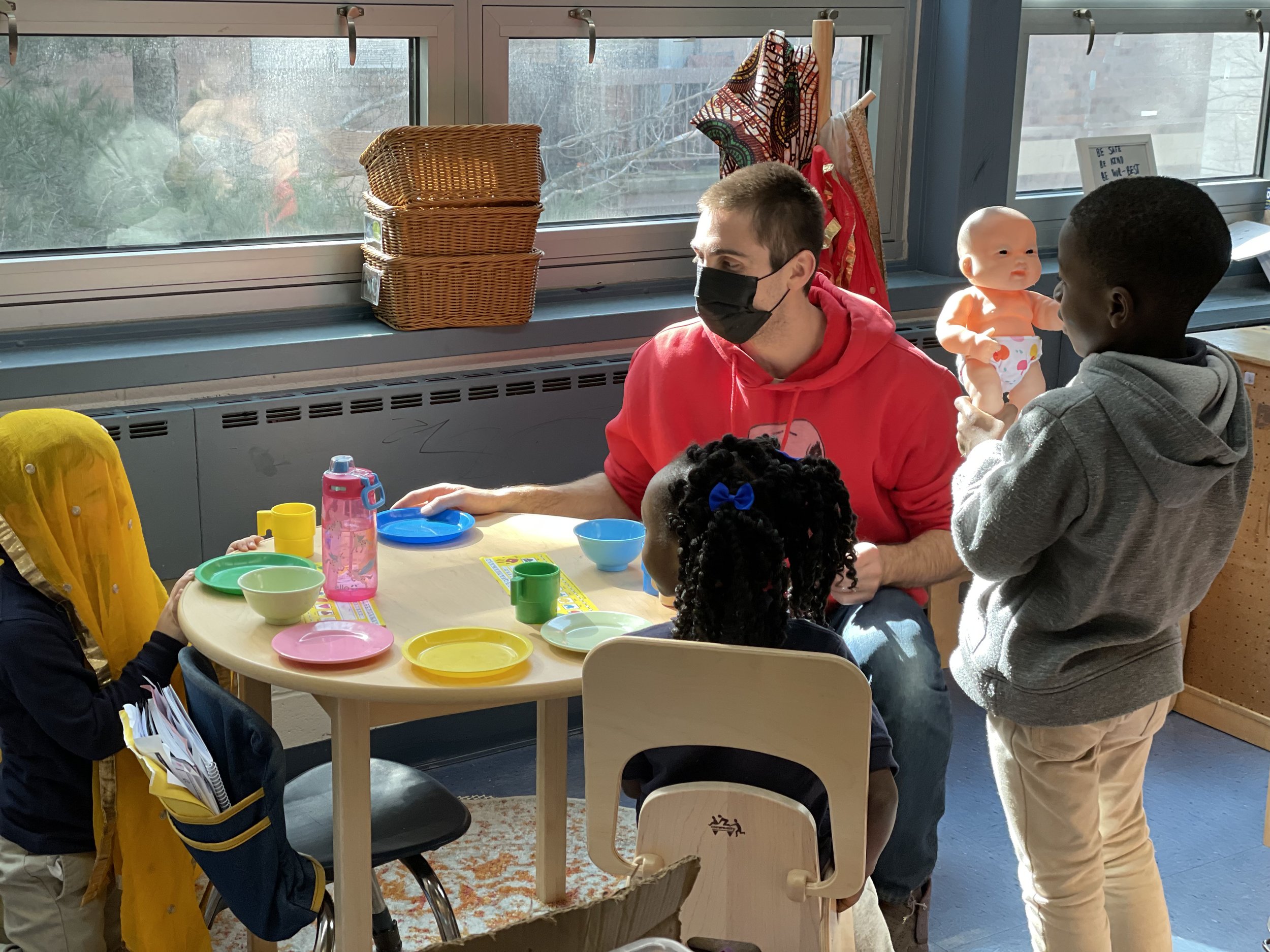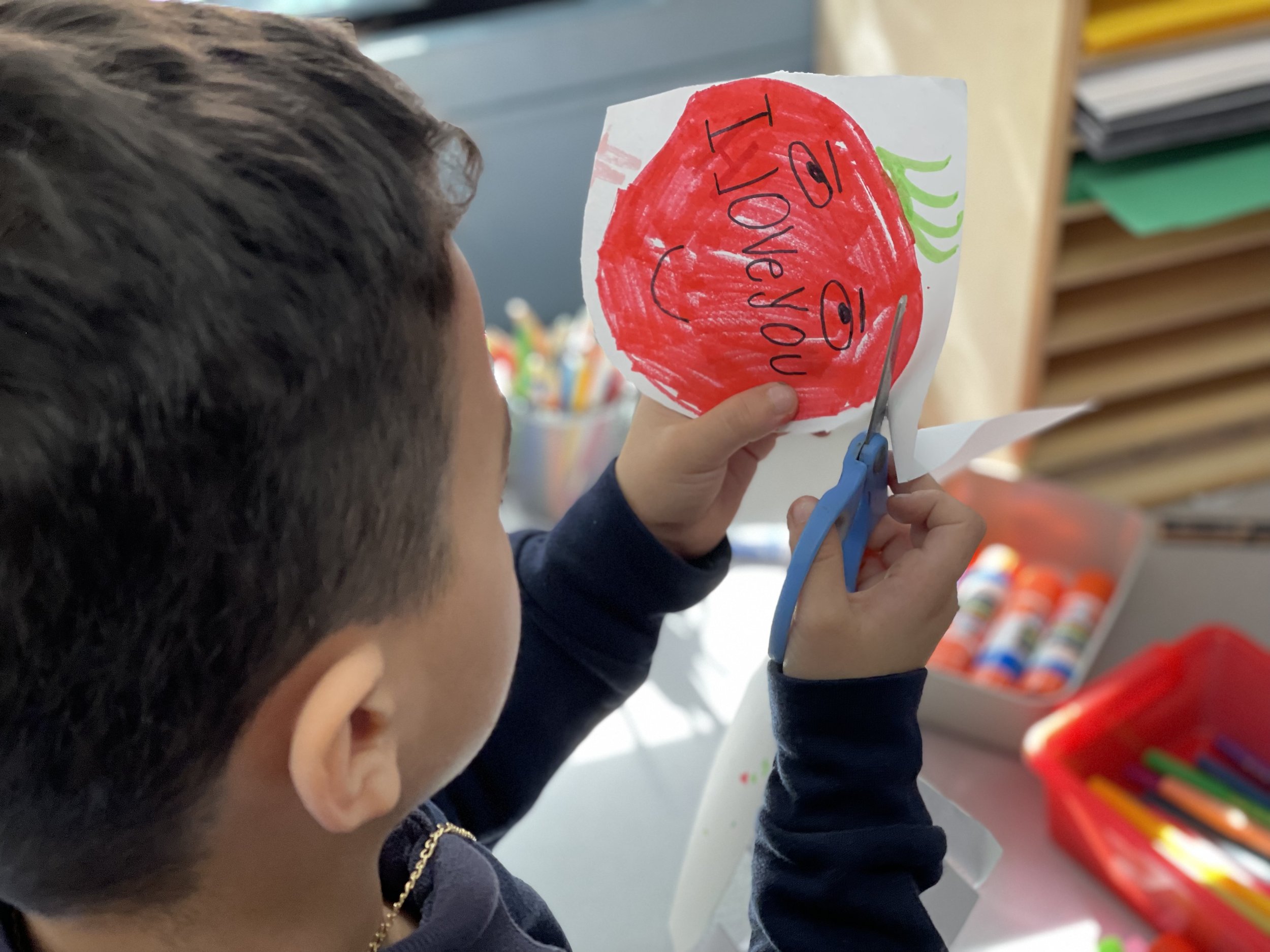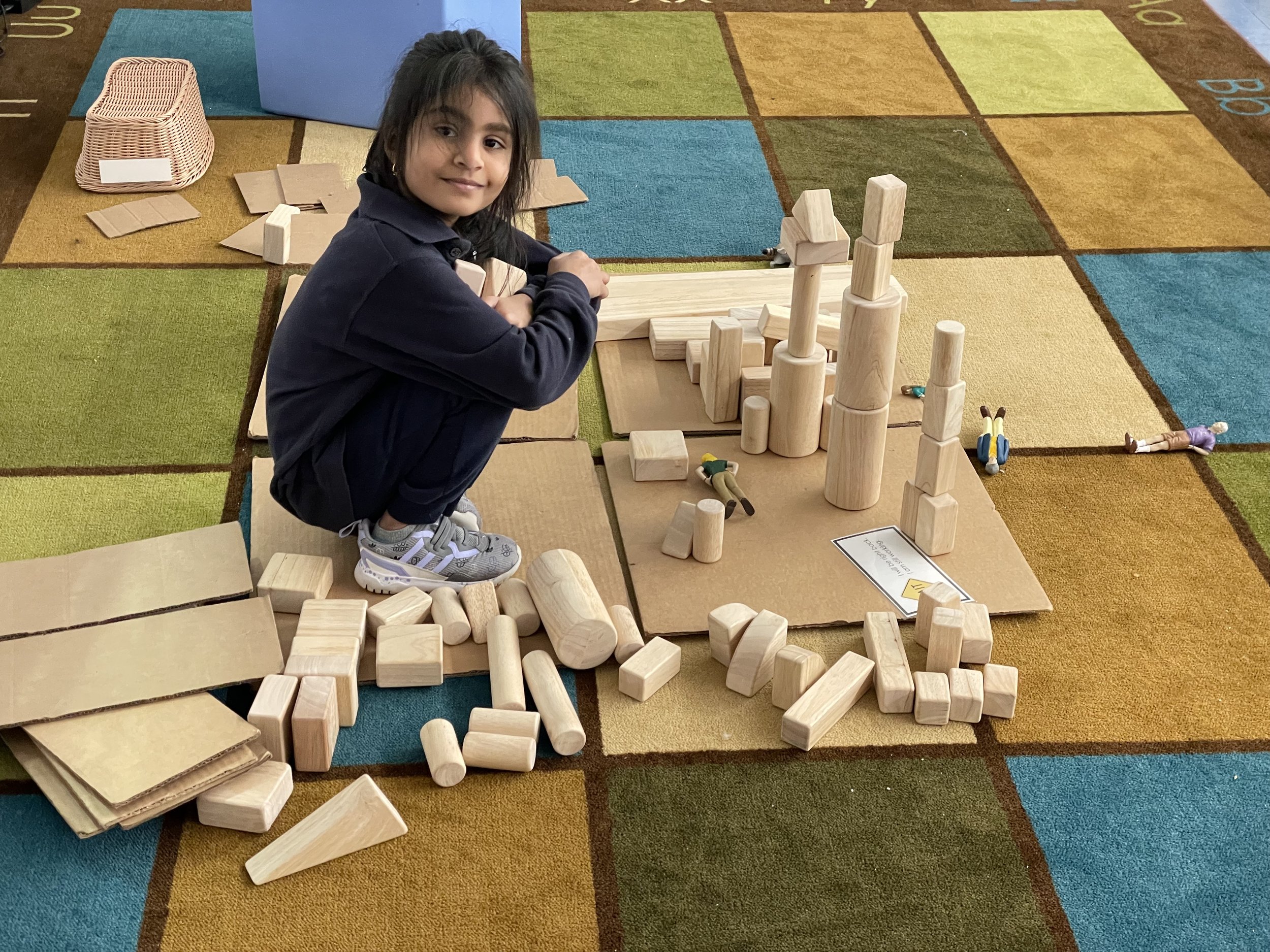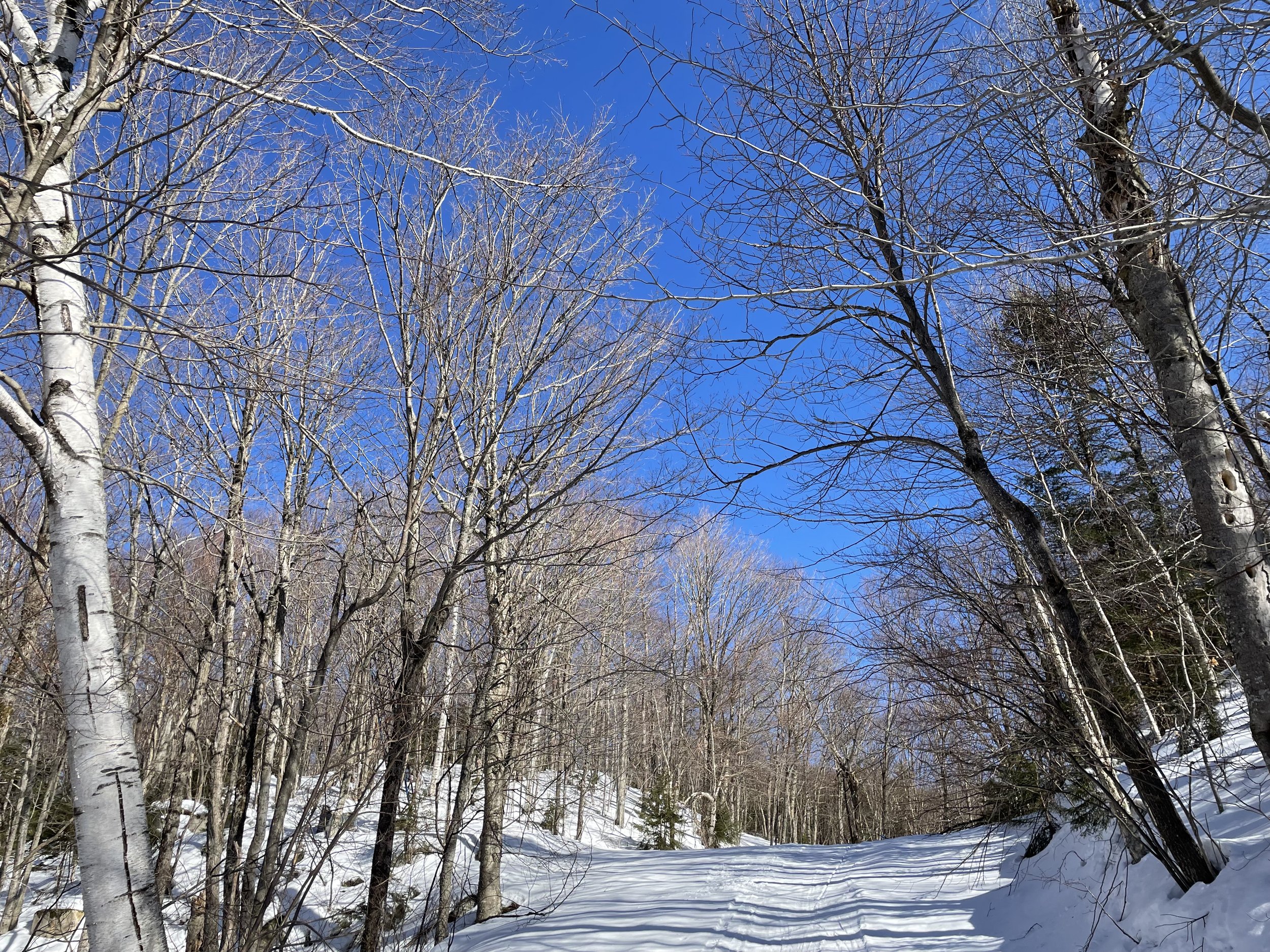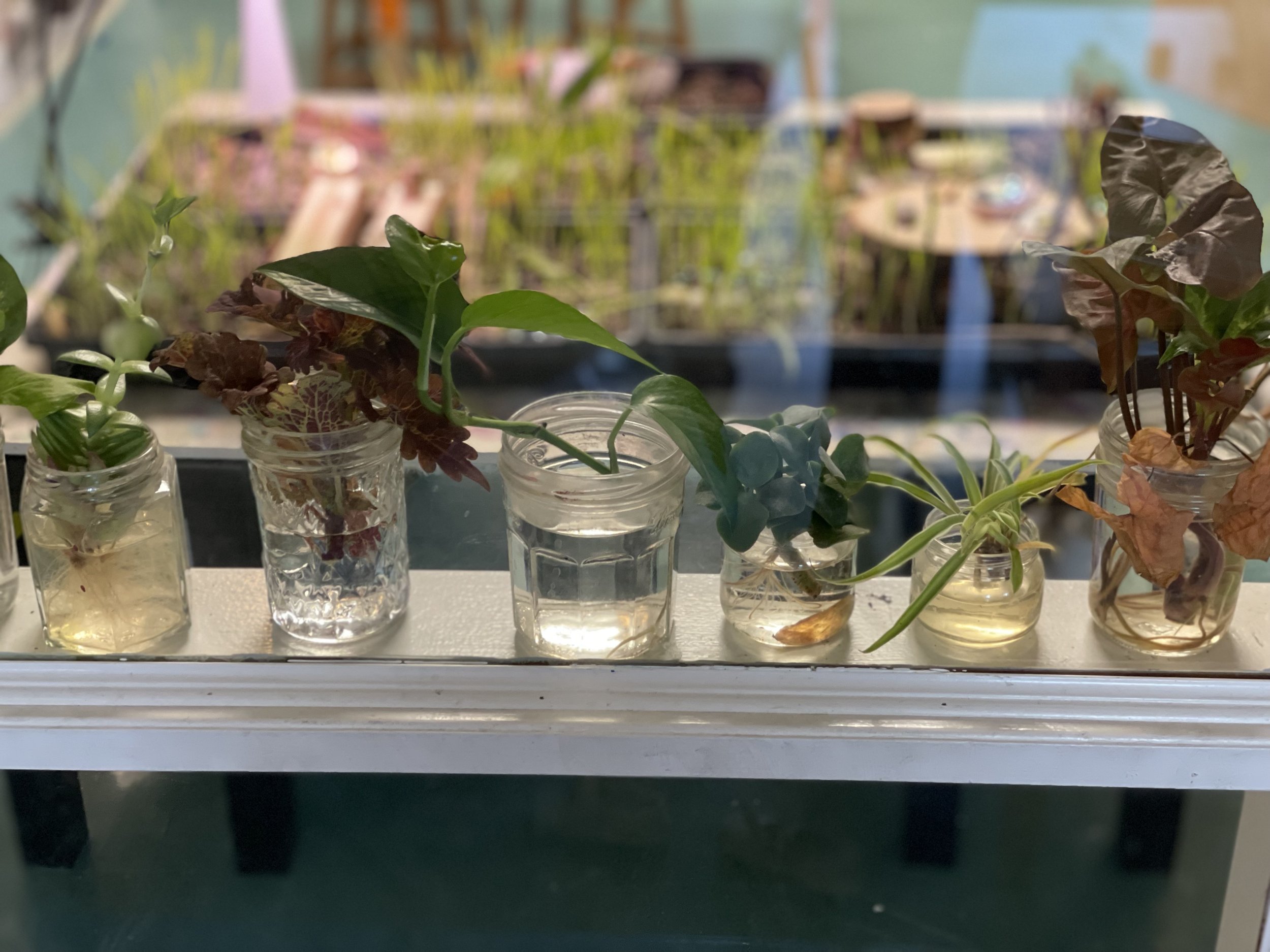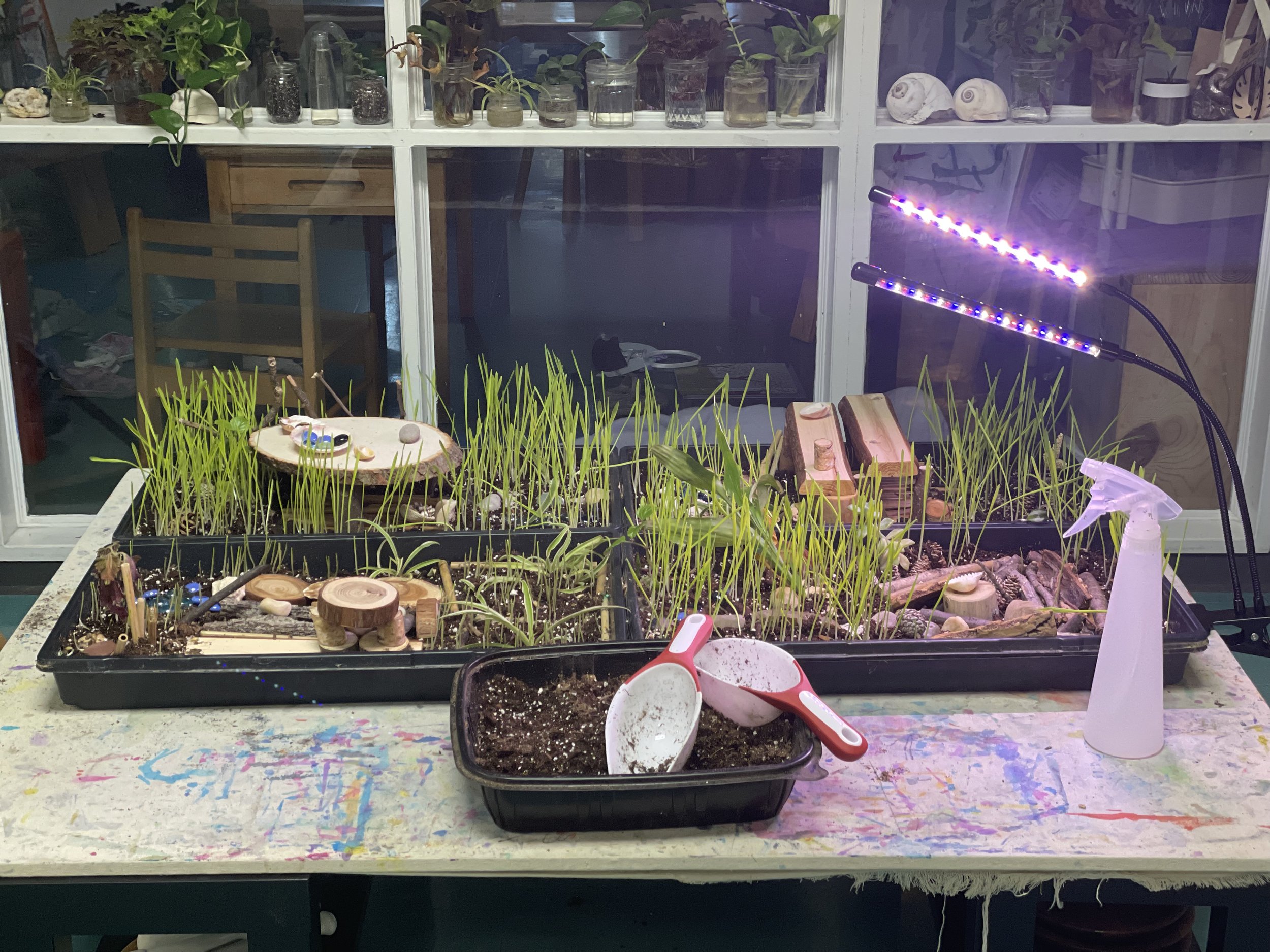Full moon watercolor by Anne Pratt, Louise’s sister
The perfect pearl of a moon hung in a navy blue, velvet sky over the trees, over the fields, framed by our bedroom windows. Our room was illuminated with a soft light. I am always amazed by the full moon, especially. A perfect bright circle in the sky. What more do we need to guide us to be whole?
I have been aware of circles of all kinds this month. I visited a kindergarten in Cambridge, Massachusetts last week. Eighteen children and a teacher sat in a perfect circle at morning meeting, listening, engaged, respectful, happy, learning. This is a cultivated practice in a classroom. I wrote about circles of learning in conversation and dialogue in a blog post five years ago. How to be fully present for one another. Facing all others, taking a place in a circle of classmates, friends, or new people, becoming an essential part of a whole.
Kindergarten circle for read alouds, The College School.
The Buddhist bell at morning meditation is a perfect brass bowl that sings a beautiful tone when invited to ring with a soft wooden “shu-moku.” The shape and the sound is meant to clear our minds, to bring us back to our basic goodness, to prepare us for mediation. The larger the bell, the deeper and more sonorous the sound. Our family has listened to the bell for many years starting when we attended retreats with Thich Nhat Hanh in the 80s. We often ring a bell at meals, stopping to be grateful for each other, and the food on our table, and all the hard work that has brought the food to us and us to the table.
Thich Nhat Hanh ringing the bell, California family retreat, 1989
We attended a funeral of a dear friend a few weeks ago. It was Episcopal and followed the liturgy. We were uplifted by the heavenly choir and organ, the diverse clergy in vestments made of African cloth, the order of the service, both mournful and stately, and gorgeous and at full volume. Somehow, I felt no limits in this service. No walls between all the traditions that I have been lucky enough to be a part of. At the end of the service, the clergy and young acolytes all surrounded the cremains that were in a box surrounded by white roses. There was period of silence and moments of bearing witness for all of us, all together. This was a circle of grief and ritual, coming and going, birth and death.
Later, I thought of reading about elephant herds who surround an elephant who has died in a perfect circle. I thought of our family of two parents and two sons instinctively holding hands and encircling my mother moments after she had died. I thought of our family’s and many families’ practice of group hugs, forming a circle of arms and bodies entwined,, to give thanks, to laugh, to squeeze one another, to be encircled in love.
I thought of the circle of song and music that I have attended lately at a new place called Gather on Saturdays in the town of Middlebury, Vermont, initiated by the local Bread Loaf Mountain Zen Community. People of all walks of life gather here for comfort, for food, for a listening ear, for friendship, for care. This poster hangs outside the space, which is in the middle of downtown Middlebury:
Why do we Gather?
We gather for comfort. We gather to celebrate. We gather to mourn. We gather to mark transitions. We gather to honor and acknowledge. We gather to welcome and to say goodbye. We gather to be safe. We gather to pray. We gather to laugh. We gather to recover. We gather to create. We gather to find our way. We gather to wish each other well. We gather to make decisions. We gather to be silent together. We gather to build community. We gather to solve problems we can’t solve on our own. We gather to show strength. We gather to be vulnerable. We gather because we need one another.
Something inside us calls us to gather and to form circles at beginnings and endings, at times of ritual, at times of joy and happiness. As you enter this summer, may you find many circles of beauty and care…in the natural world, in friendship, in sorrow and in joy. With many blessings to each of you.


